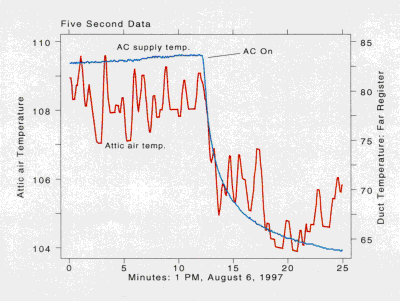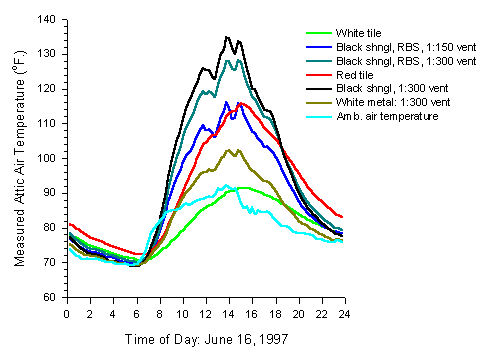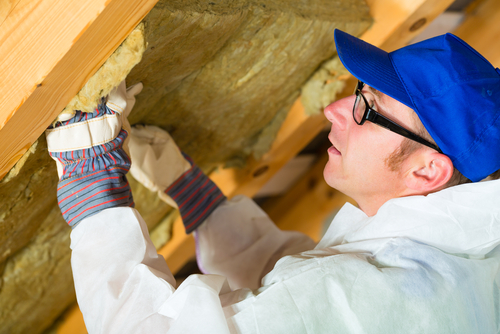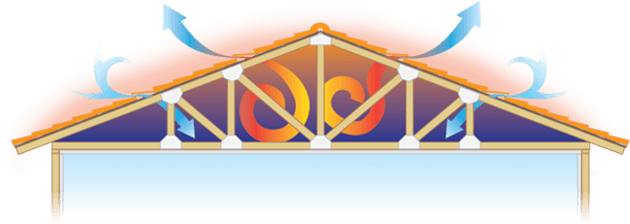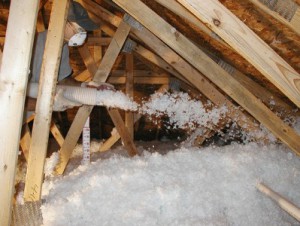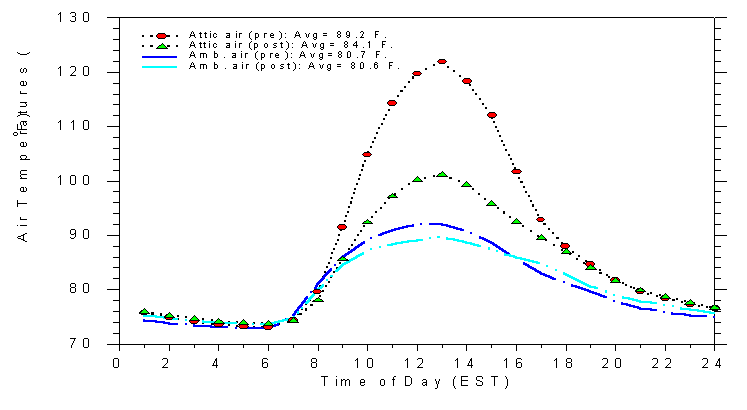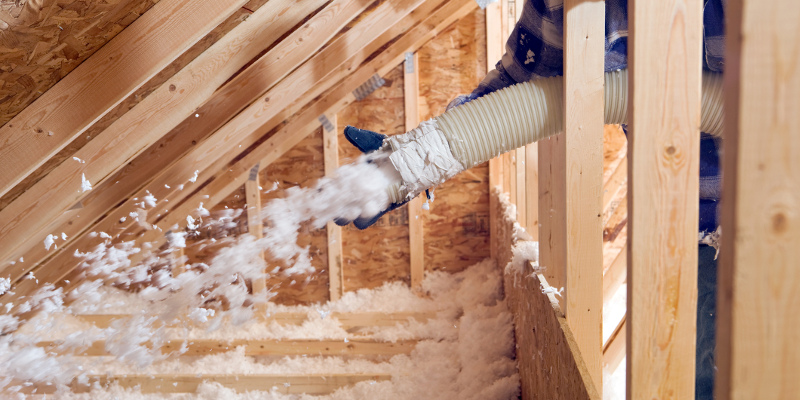Attic Temperatures In Florida

Summer attic air temperatures with reflective roof peak at or slightly above outdoor air ambient.
Attic temperatures in florida. When those surfaces get wet they rot and mold ensues. The theory behind attic ventilation is to give that moisture a place to escape before it causes mold mildew rot or other problems. And it can cause your air conditioner to work harder than it needs to and send your energy bills soaring with the temperature. As an apprentice i once put a thermometer in an attic in miami in august and it read 127 deg.
Summer attic air temperatures with old terra cotta colored asphalt shingles peaked at 140 to 145 at 18 above the blown in fiberglass insulation layer at the attic floor. The views a nd opinions expressed in this article are solely those of the authors and are not intended to represent the views and opinions of the florida solar energy center. South florida including the florida keys central florida north florida and the florida panhandle. If it s 90 degrees outside the attic temperatures shouldn t exceed 110 according to home inspector jamison brown of amerispec home inspection services in poquoson.
The tables give the normal maximum and minimum temperatures based on weather data collected from 1981 to 2010 by the us national climatic data center. The average temperatures for a year at places around florida are listed below. An overheated attic can bake asphalt shingles on the roof and cause them to deteriorate. However more often than not.
You ll find separate tables for each region. On one hand the national renewable energy laboratory said attic ventilation reduces attic temperature 10 to 25 degrees and slows the transfer of heat into the living space on the other the florida solar energy center university of central florida found that attics with nominal natural ventilation and r 19 ceiling insulation do not need powered vent fans. In south florida the typically daytime temperature might be 92 degrees to 95 degrees and the attic temperature might vary from 120 degrees for a tile roof to 140 degrees for a dark color shingle roof. If your attic soars above 100 degrees and reaches the 150 mark its time to consult professionals.
An unventilated attic can reach 150 degrees in the heat of summer 50 degrees higher than it should be. That covers a lot of temperatures on any given day. Moisture in the attic is drawn to cold surfaces just as it s drawn to your windows.

